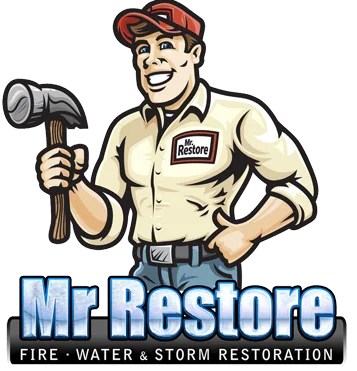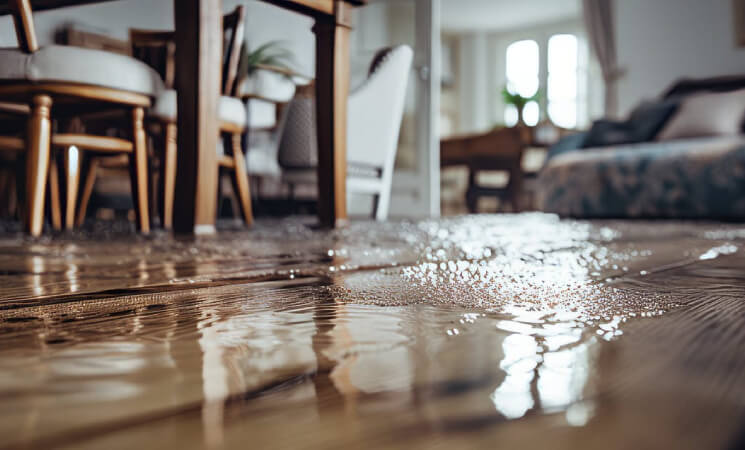Water damage can be a daunting challenge for any property, but when it strikes historical buildings, the stakes are significantly higher. These structures aren’t just buildings; they’re tangible connections to our past, embodying cultural, architectural, and historical significance. In this post, we delve into the unique challenges and considerations involved in restoring historical buildings from water damage, a topic often overshadowed in the broader discussion of water damage restoration services.
Understanding the Value of Heritage
Restoring a historical building from water damage isn’t just about repairing physical structures; it’s about preserving a legacy. These buildings often have irreplaceable architectural elements and materials that require specialized restoration techniques. The goal is not only to repair the damage but to maintain the building’s historical integrity and authenticity.
Assessment and Planning: A Delicate Balance
The initial step in this intricate process is a thorough assessment. Unlike modern constructions, historical buildings may consist of materials no longer in use or construction techniques that are largely obsolete. This necessitates an approach that balances modern restoration technology with traditional methods, ensuring that any intervention is sympathetic to the original design.
Challenges of Material Compatibility
One of the biggest challenges is finding materials compatible with the originals. For instance, many historical buildings have plasterwork, woodwork, or masonry that cannot be replaced with contemporary materials without altering the building’s character. It requires expertise in sourcing and working with traditional materials, often involving artisans and craftsmen skilled in historical construction techniques.
Navigating Regulations and Standards
Restoration work on historical buildings is often governed by strict regulations and standards designed to protect the building’s heritage. Navigating these regulations requires not just expertise in restoration but also in heritage law and conservation principles. Any restoration plan must be compliant with these regulations while effectively addressing the water damage.
Advanced Techniques for Minimizing Damage
Innovative technologies play a crucial role in minimizing further damage. Techniques like thermal imaging can detect moisture hidden within walls and floors, essential for preventing long-term deterioration. Similarly, gentle drying techniques are employed to avoid damaging delicate materials.
The Role of Prevention and Education
Preventive measures are crucial in historical buildings. Regular maintenance and timely repairs can prevent extensive water damage. Furthermore, educating those responsible for the upkeep of these buildings about the signs of water damage and immediate steps to take can be invaluable in mitigating risks.
A Collaborative Effort
Restoring a historical building from water damage is not a one-person job. It requires a collaborative effort involving historians, conservationists, architects, and restoration experts. Each brings a unique perspective and expertise, ensuring the restoration process honors the building’s historical significance while effectively addressing the damage.
Conclusion
The restoration of historical buildings from water damage is a niche yet vital area within the field of water damage restoration services. It’s a delicate balancing act that requires a deep understanding of history, art, construction, and modern restoration techniques. As we advance in our capabilities to restore and preserve, we not only save buildings but also the stories and heritage they represent, ensuring they endure for future generations to appreciate and learn from.






